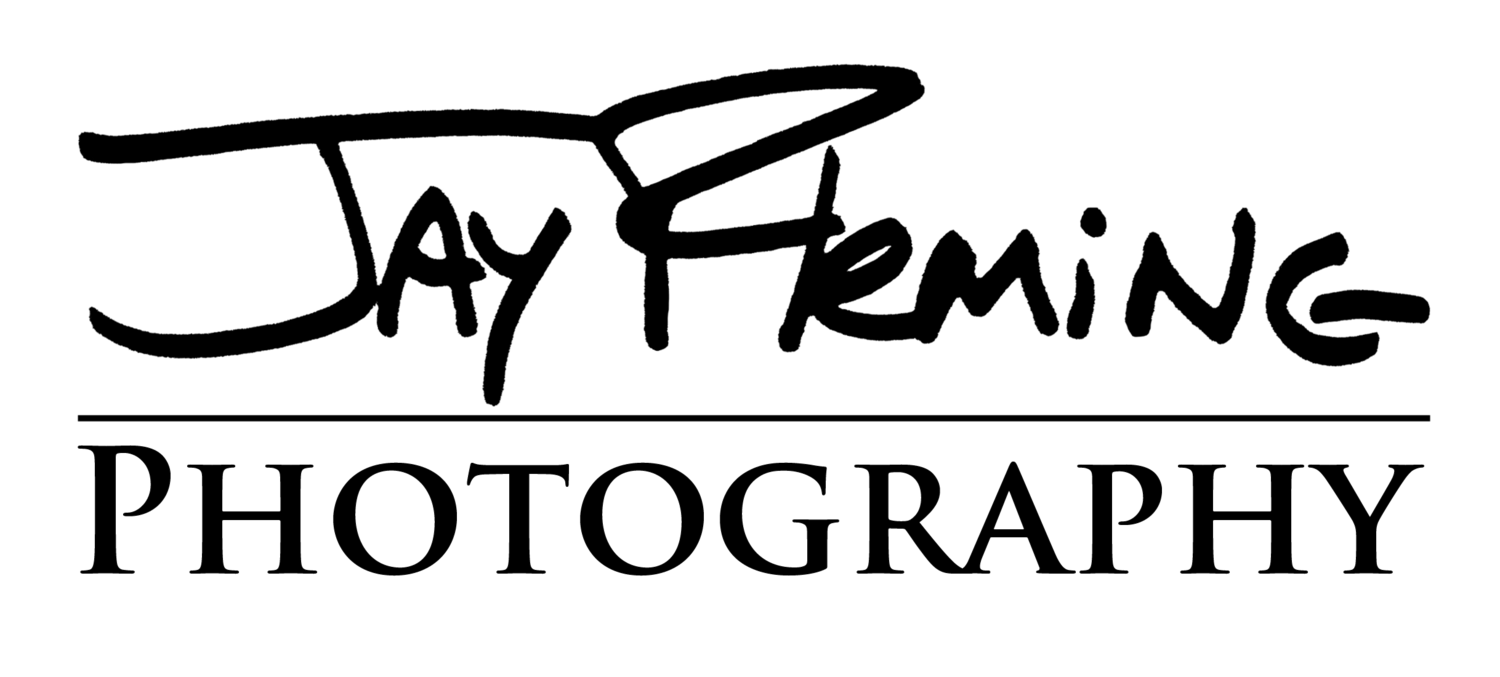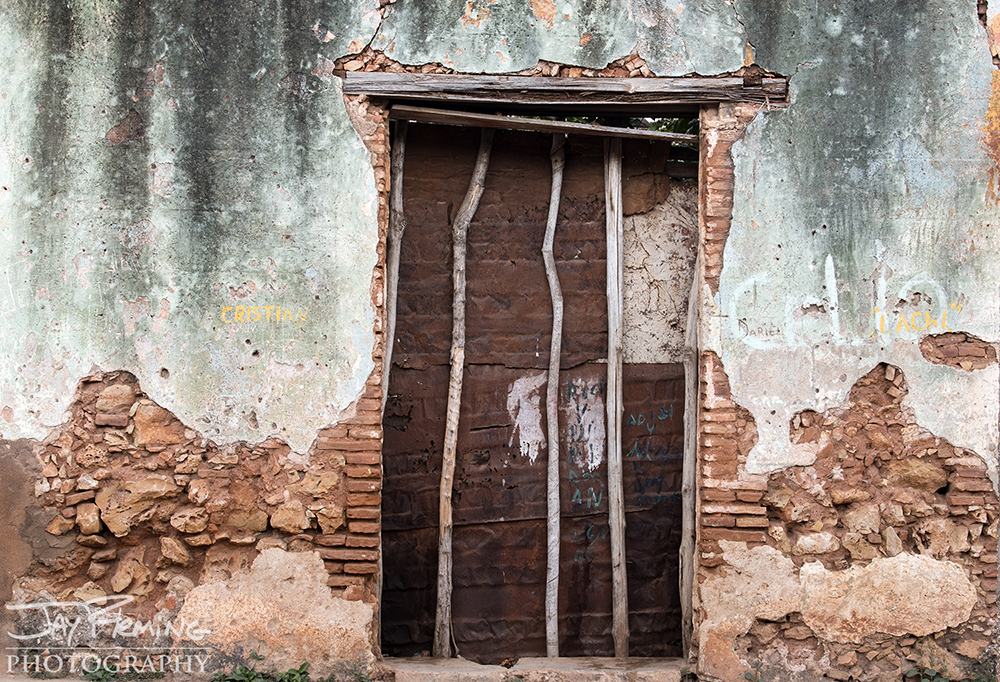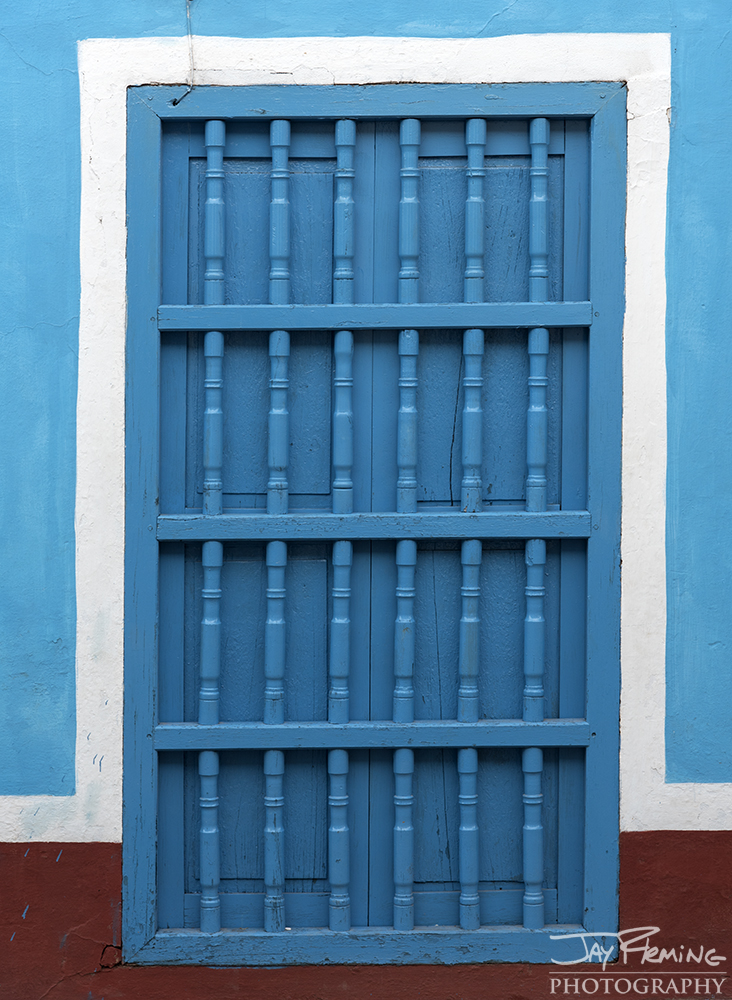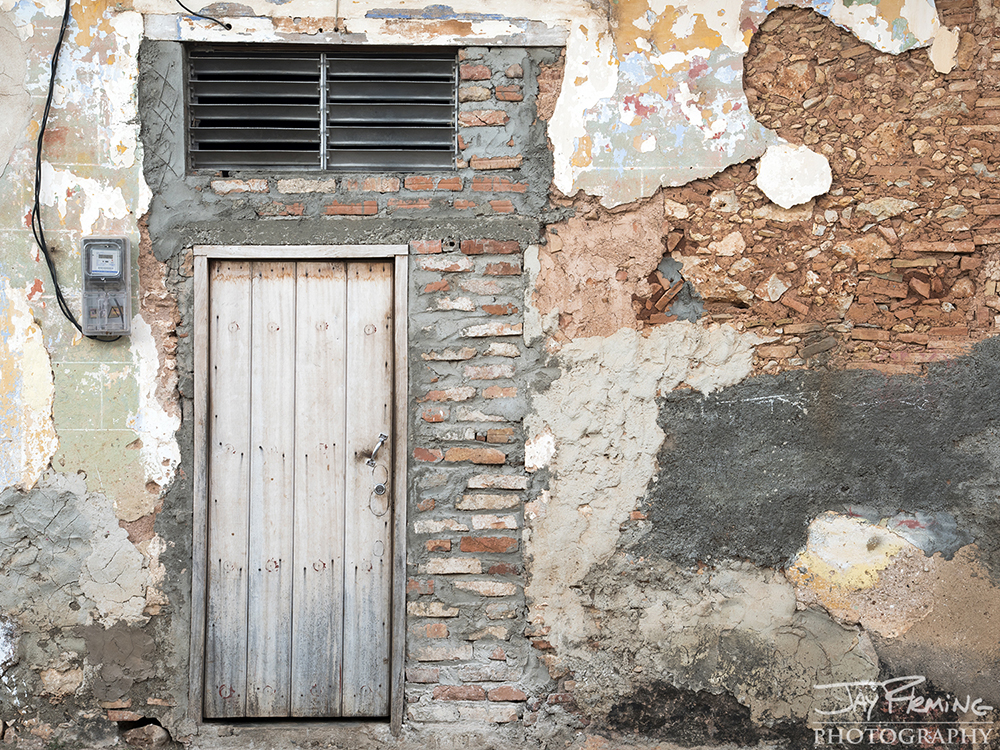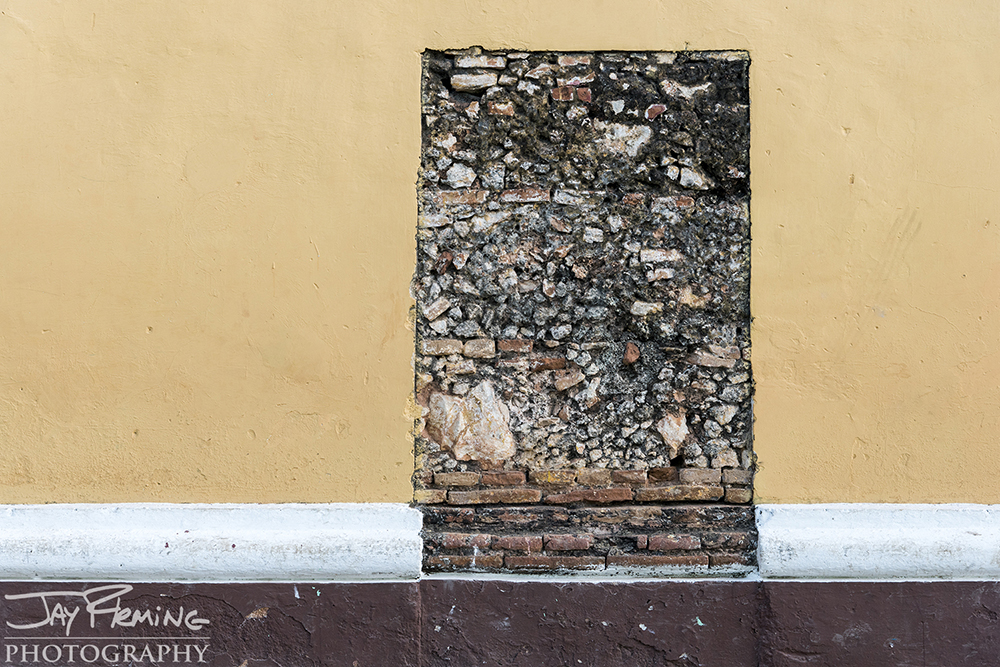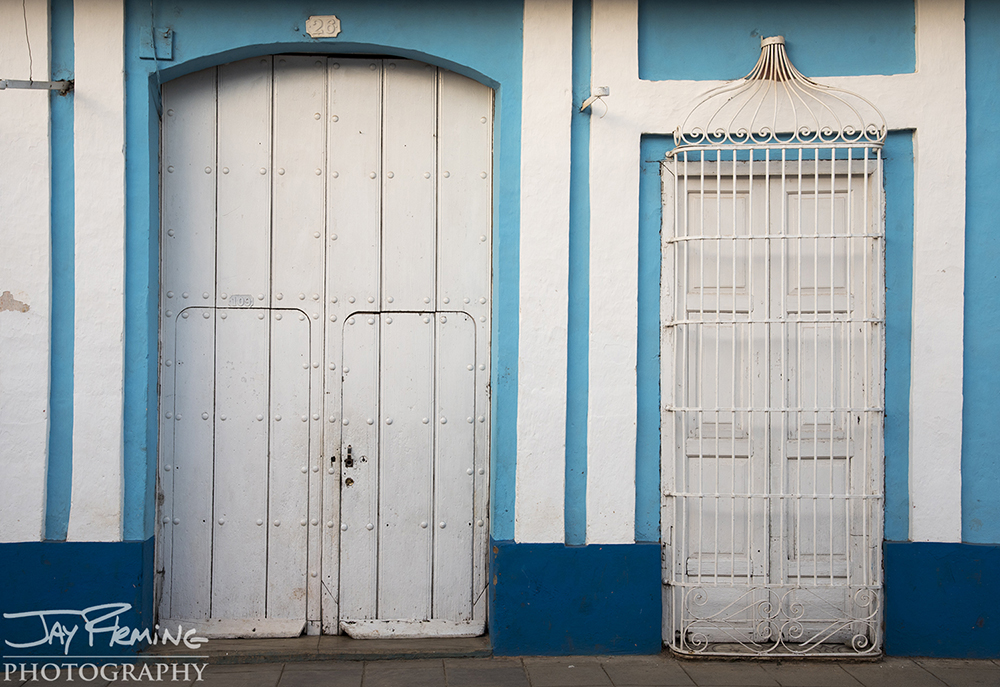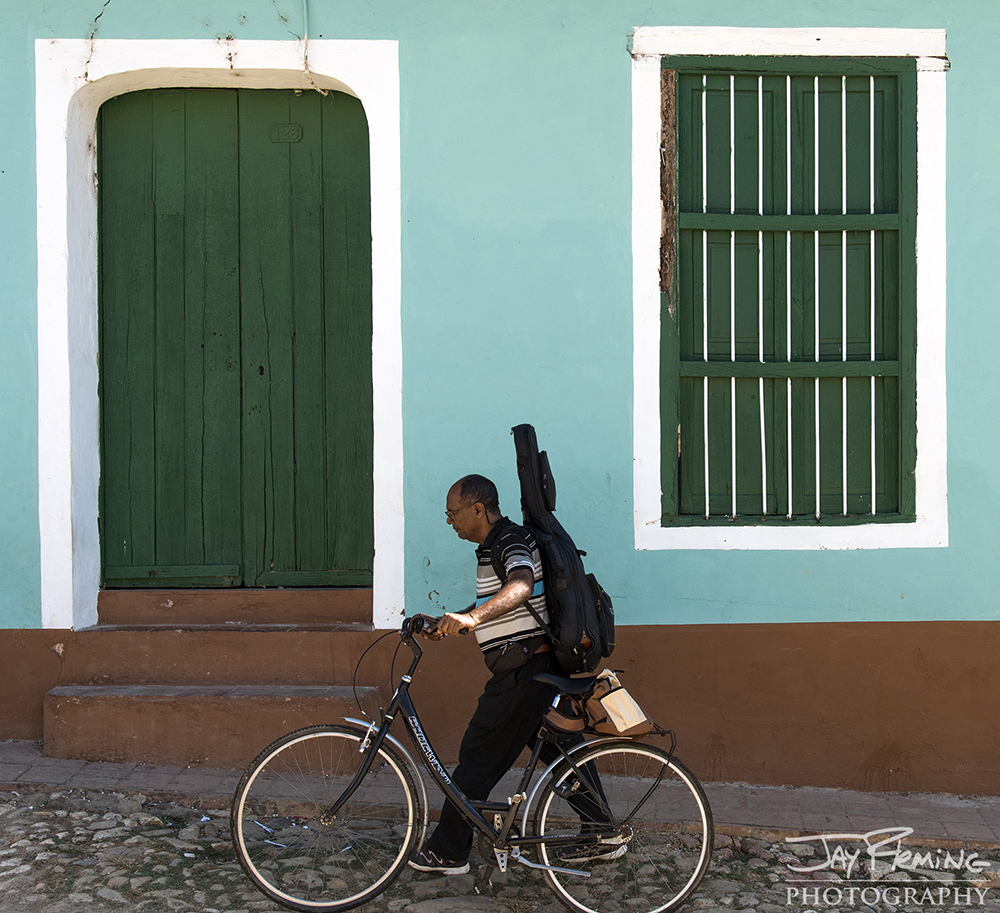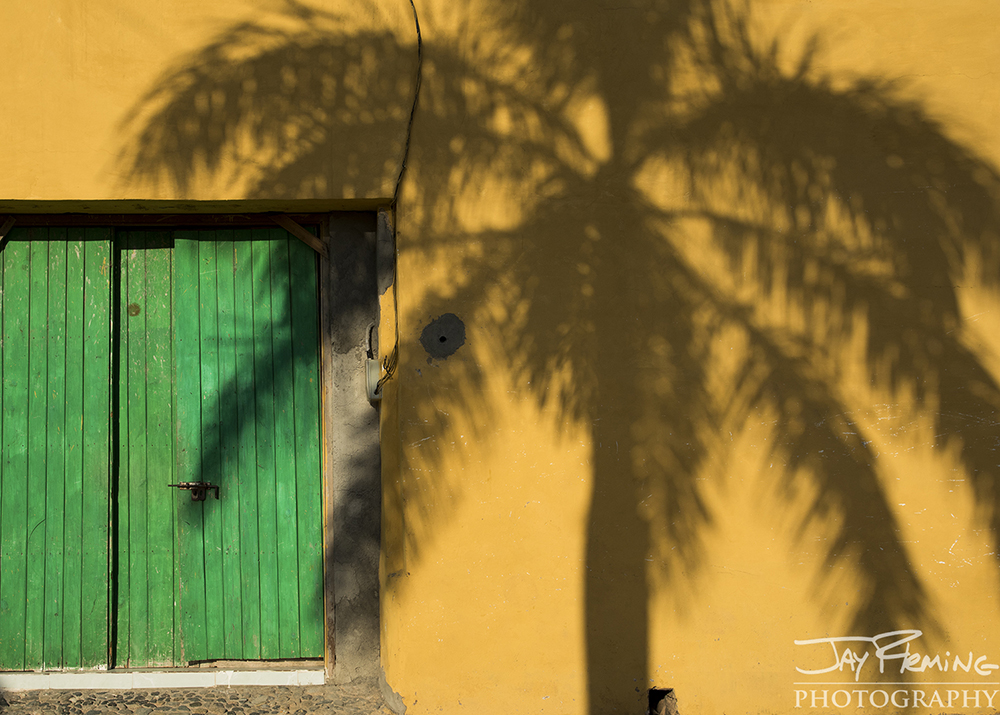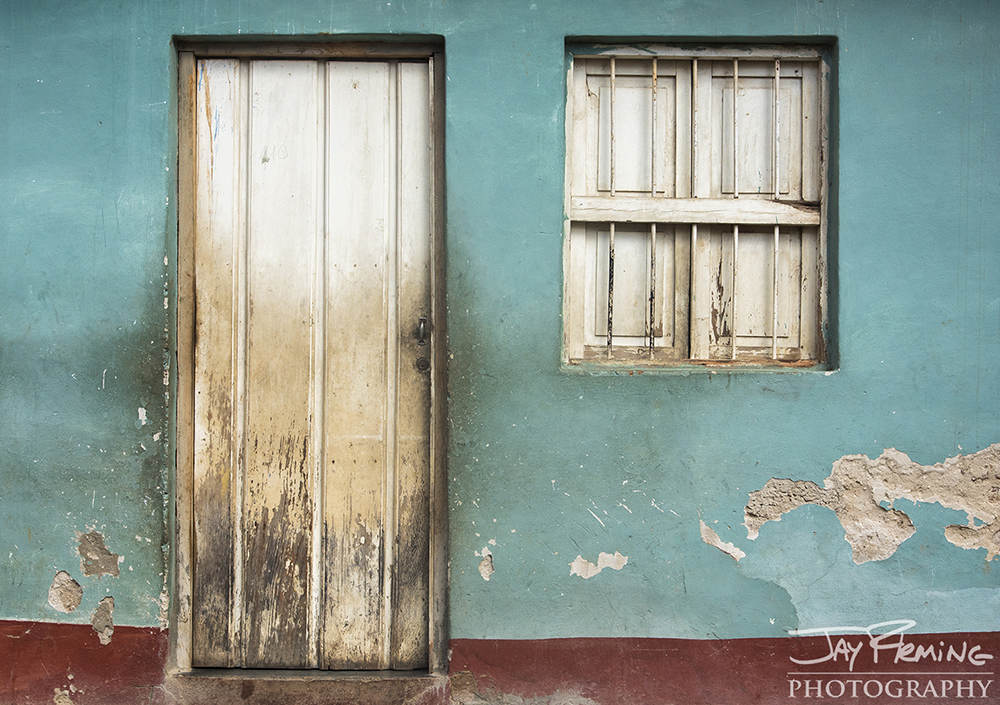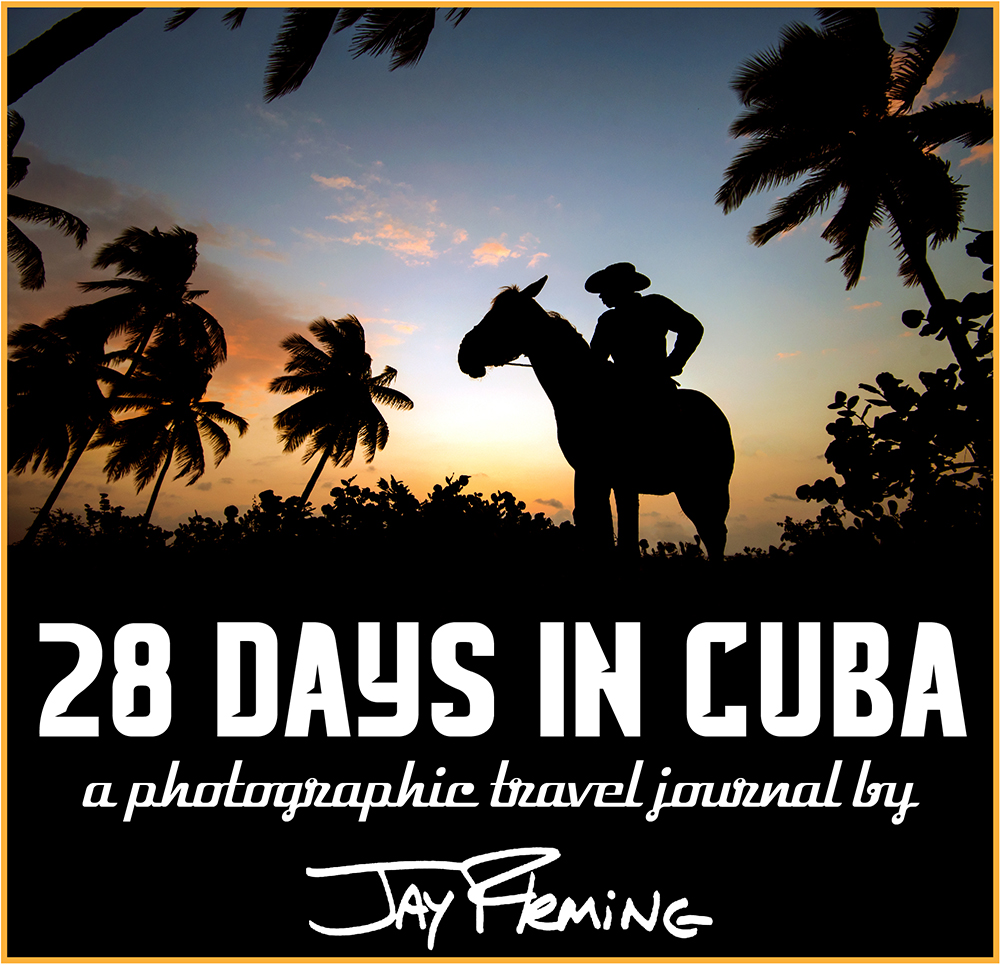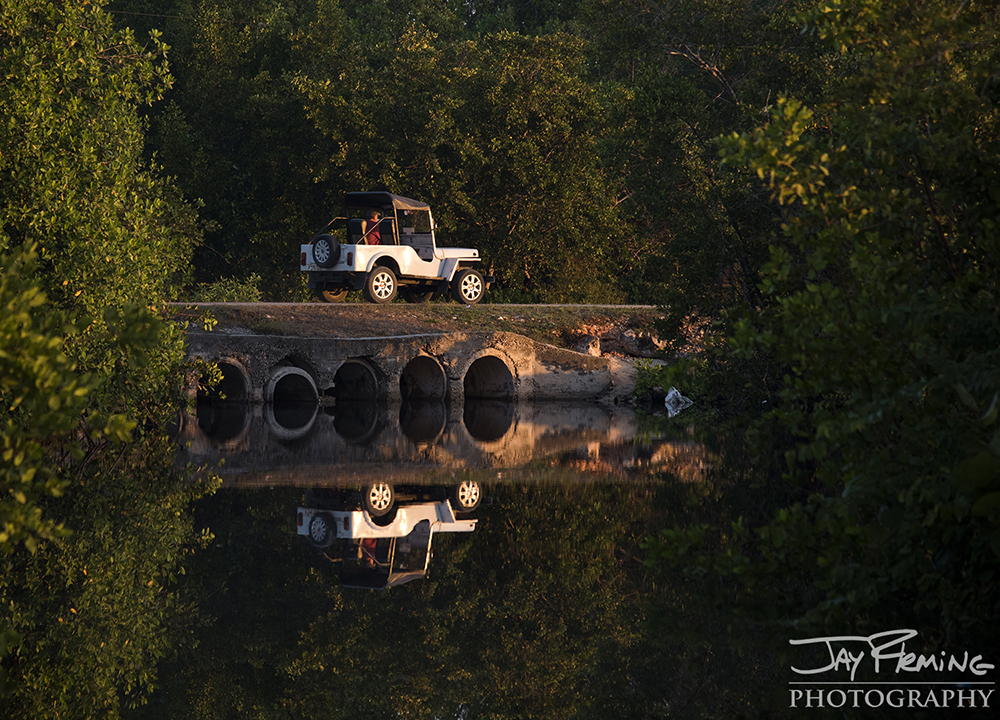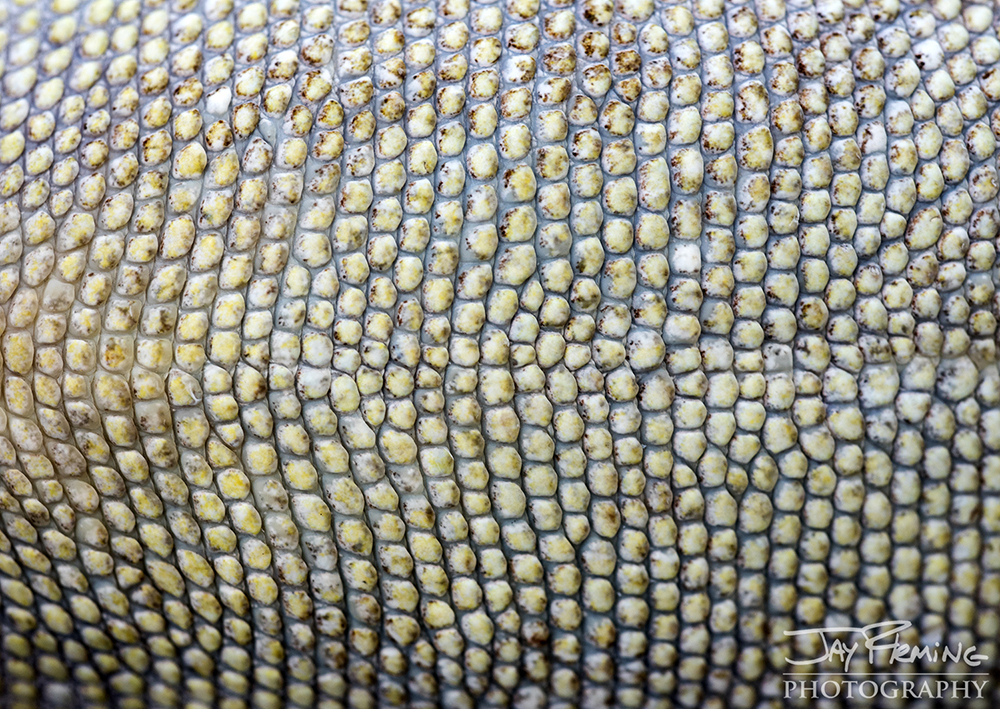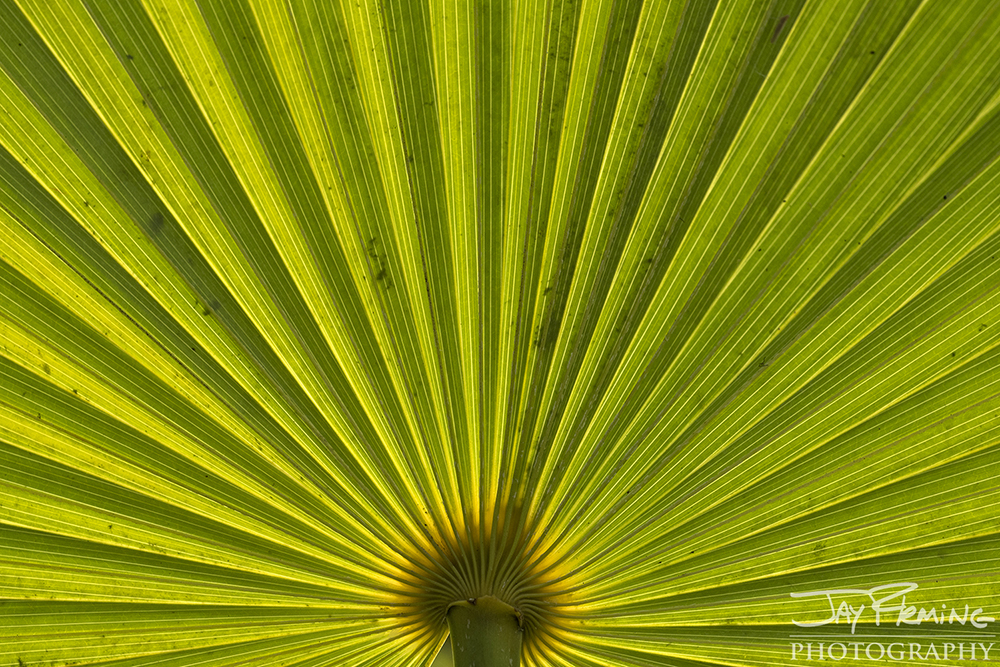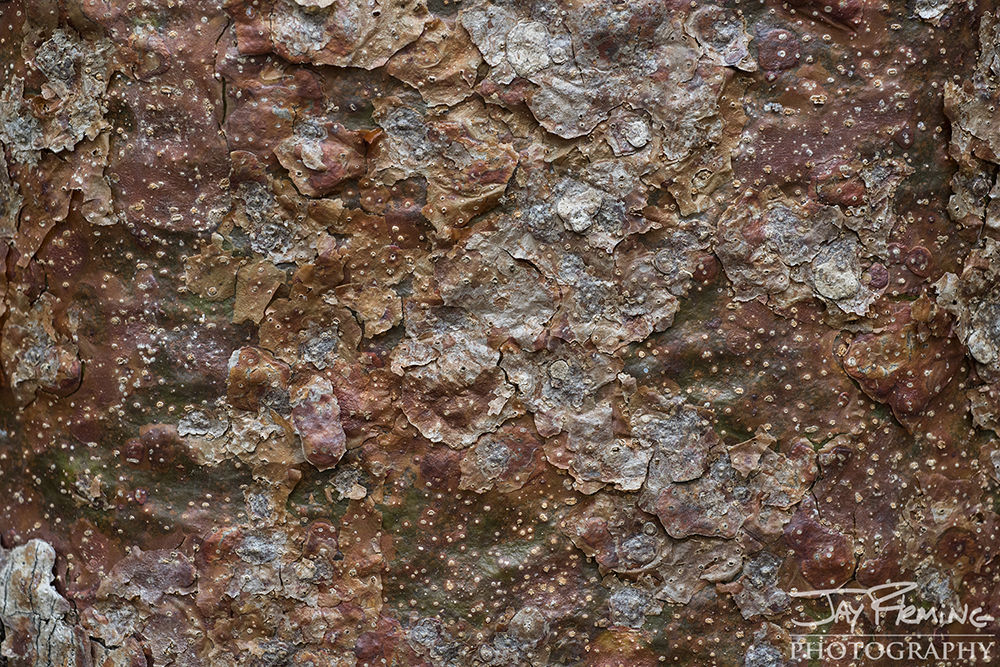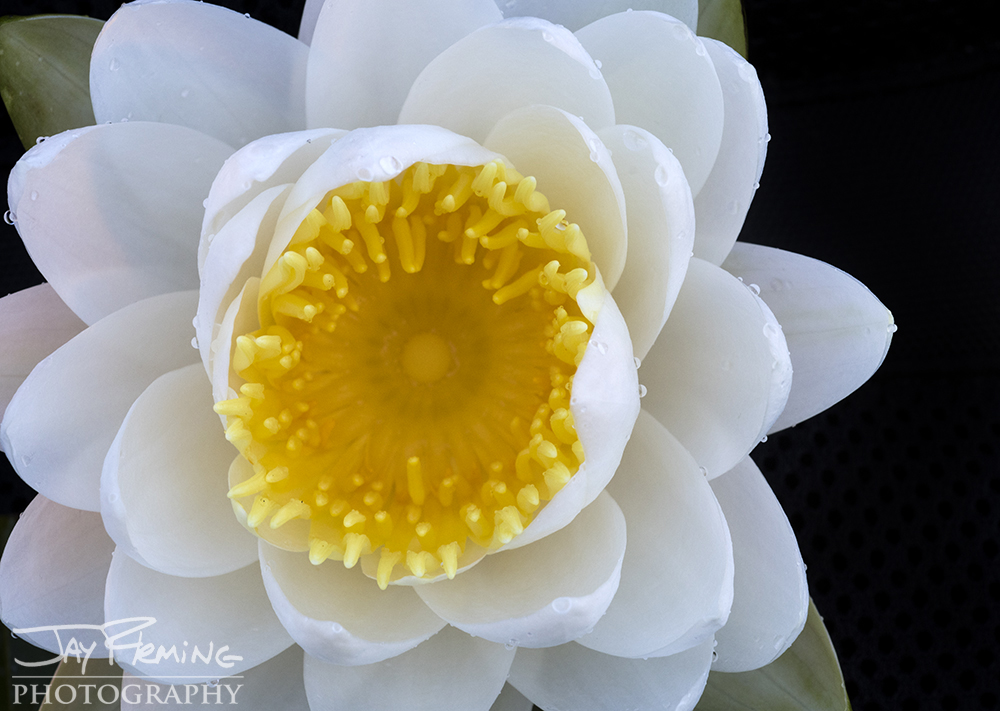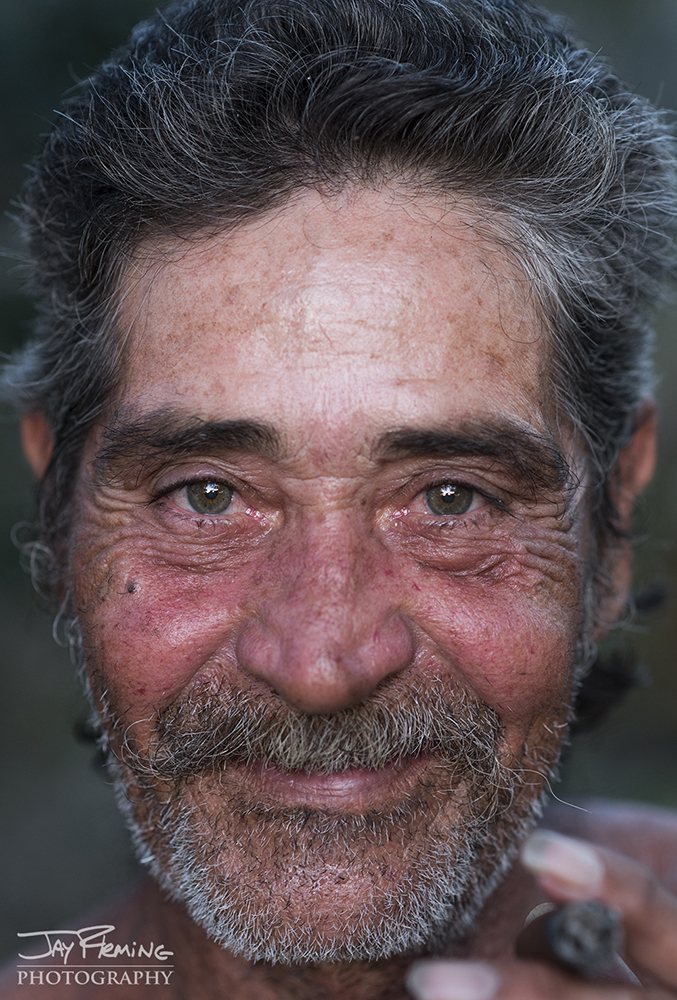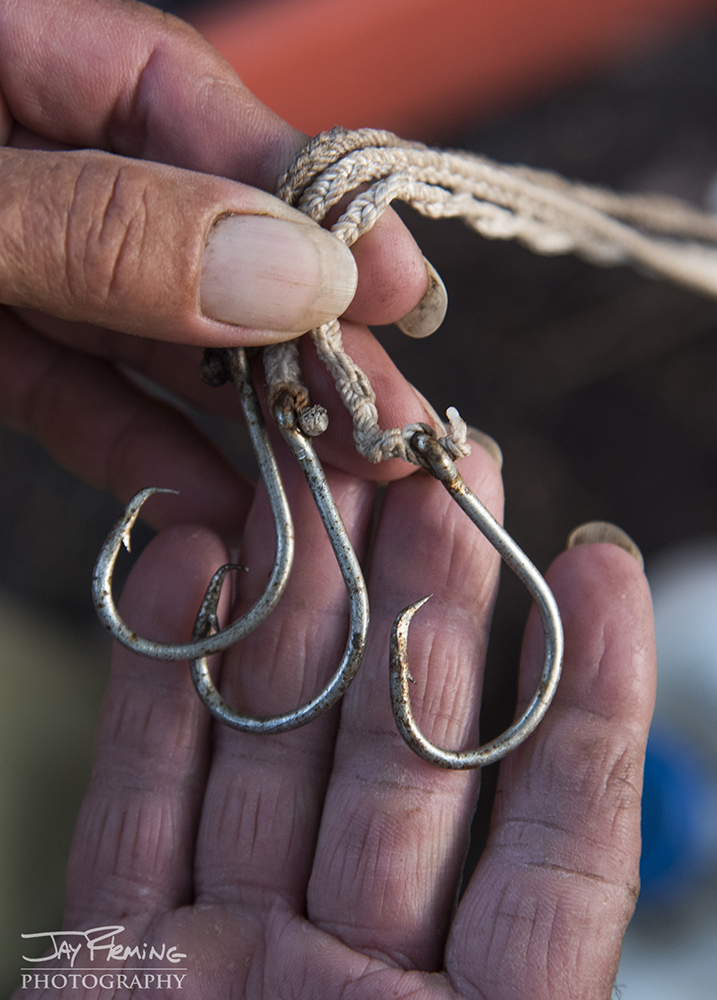Alexander, our driver from Pinar del Rio, dropped us off in Havana at a taxi terminal on the outskirts of town. It did not take us long to find a cab driver to take us to the next destination — Jaguey Grande - a town built upon the modern day sugar industry. Jaguey was approximately 150 km east of Havana via the ‘Autopista’ — the main highway that spans the entire length of Cuba.
We got into the taxi and coordinated a price with the driver — 80 CUC for the 2+ hour drive. The cab driver was insistent upon picking up his friends in Havana to drop them off in Santa Clara — a city that was within a short reach of our destination. At first, I was okay with his idea, but after he took us on a brief tour of the Havana slums, my opinion of him went out the window. He took us into a parking lot where 10-12 Cuban men approached the car. After a brief exchange of nervous words in Spanish, I asked Patrick “where is the machete.” Our hearts raced until we realized that our “cab” driver was just clueless and the communication was extremely poor. I told him in spanish that I was going to call the police if he didn't take us to our destination immediately, and on the way we went. Cubans are very afraid of getting in trouble with tourists - its something that the police do not take lightly. We heard of people being thrown in prison for 20+ years for stealing from or assaulting tourists. As we drove out of Havana towards the autopista, I asked to see the drivers taxi license, something that all licensed cab drivers would have. And not to our surprise, he did not have one. Like many cubans, he was doing whatever he could to make a day of work.
After a long ride of keeping a watchful eye on our driver, we reached the Hotel Batey don Pedro, where we had made a reservation the night before. The hotel was run by the government, which in modern day cuba translates to obsolete accommodations. We were the only ones staying there, which was nice but also somewhat bizarre. The cost of renting a cabin was 25 CUC per night and included a traditional Cuban dinner. Once we settled into the accommodations, we explored the surrounding area — finding an abundance of wildlife to photograph.
Jaguey Grande is at the northern portion of the Zapata Swamp - the largest wetland in the Caribbean. This expansive wilderness is known as a major wintering ground for migratory birds and one of the last strongholds for the endangered Cuban Crocodile.
The next morning we found a cab to take us south through the swamp to the Crocodile Farm where we would catch a boat out to Boca Guama — a recreated Taino indian village in the middle of Laguna del Tesoro. This government run facility was extremely touristy, but yet intriguing. The facility had 30-40 cabins over the water, some of which were new and others that were barely standing. Immediately upon arriving at Boca Guama, we rented a small row boat and explored the lake area adjacent to the village. We found a small fishing camp being utilized by fishermen working for the state — they were the first fishermen that we were able to interact with on the trip and even offered to take us out. They were gill netting for largemouth bass, tilapia and an invasive species of African Catfish. We drank a bit of rum, and smoked a harsh hand rolled cigar while shooting pictures of their encampment. They offered us food - rice, beans and fish roe — all cooked with lake water. We politely declined the dinner offer, knowing that it would not agree with our stomachs.
We paddled the row boat back to the cabin, dropped off our equipment and went to the dining hall. The experience was similar to the previous night at Hotel Batey don Pedro, we were the only ones staying overnight. We were given the option of chicken or Cuban Crocodile, an extra 3 CUC per plate for the endangered species. The Crocodile was raised at the farm where we launched from, a portion of the reptiles raised go to tourism and the remaining are released in the wild to supplement the growing population. There is a black market for Crocodile meat and skin in Cuba which supports poaching throughout the Zapata Swamp.
The next morning, for sunrise, I rowed the boat through the canals of Guama and set up for a shot of the cabins reflected in the perfectly still waters of the lake. The sunrise was beautiful and completely still — there was absolutely no noise other than the birds. After shooting for an hour, I came back to the cabin, and we packed up the gear and prepared to catch the tour boat back to the Crocodile farm and then a cab to Playa Larga at the head of the Bay of Pigs.
